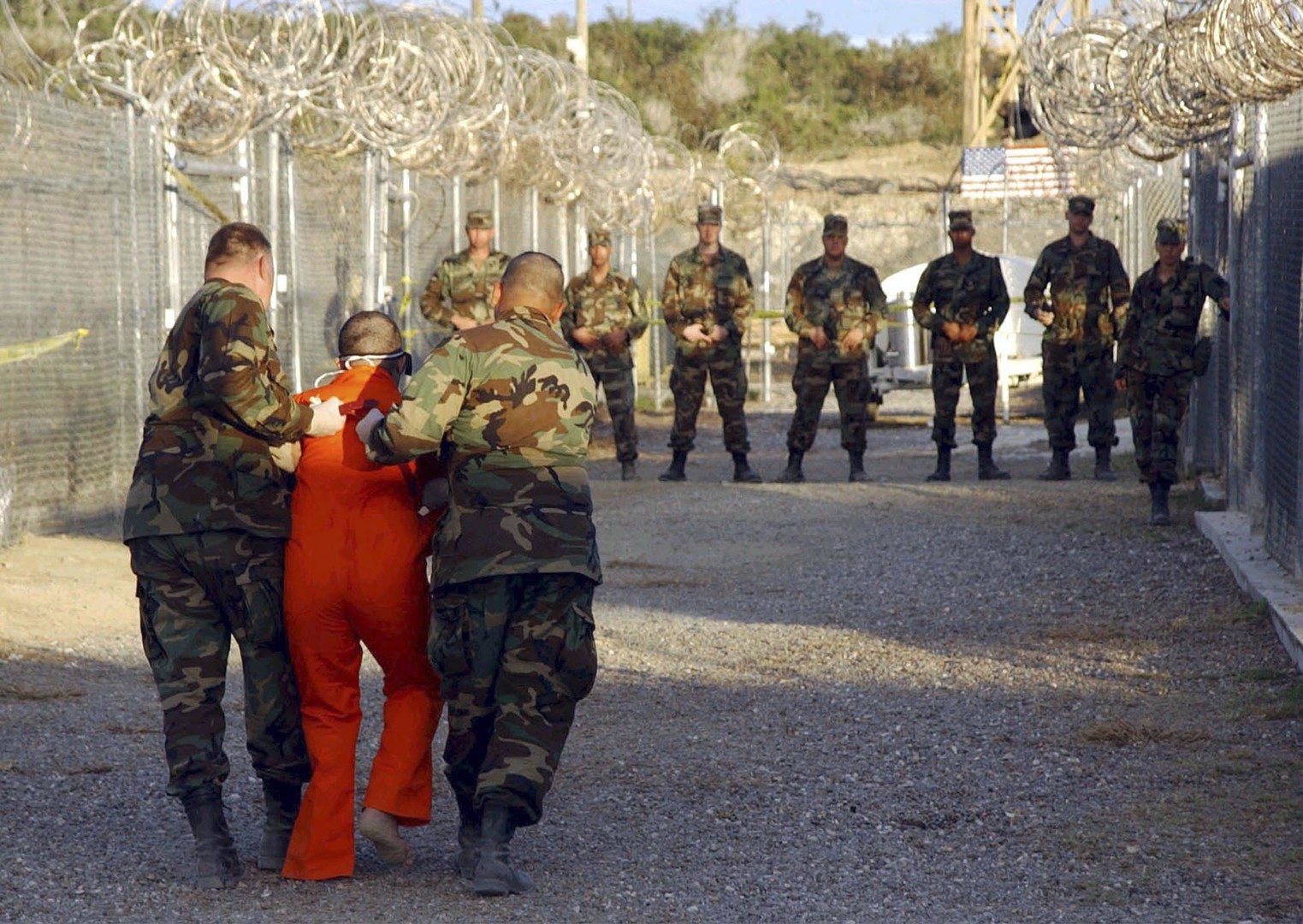Yamanyoon- 16 Oct 2017
The U.S. Supreme Court on Monday paved the way for a Guantanamo Bay detainee accused of being the mastermind of the 2000 bombing of the guided-missile destroyer USS Cole in a Yemeni port to go on trial before an American war crimes military tribunal.
The justices declined to hear an appeal by Saudi defendant Abd al Rahim al Nashiri, who argues that the tribunal lacks the jurisdiction to conduct the trial. His lawyers said that because the United States was not engaged in “hostilities” with al Qaeda, the militant Islamist group that carried out the bombing, at the time of the attack, his acts were not crimes of war.
A three-judge panel of the U.S. Court of Appeals for the District of Columbia Circuit ruled against him on a 2-1 vote in August 2016. His trial is due to be held at the Guantanamo Bay U.S. naval base in Cuba, where he has been held since 2006.
The Supreme Court last week declined to hear another Guantanamo case, leaving in place the last remaining conviction of a Yemeni man, Ali Hamza al Bahlul, who was an al Qaeda publicist.
Nashiri was accused of overseeing al Qaeda’s plan to ram a boat full of explosives into the side of the Cole in the Yemeni port of Aden on October 2000.
Seventeen U.S. sailors were killed in the blast that tore a huge hole in the ship, which was later repaired and returned to service. Nashiri has also been linked with an attack on a French ship and an attempted attack on a second U.S. vessel.
The appeals court said Nashiri must wait until after his trial to renew his claims because court precedent urges judges not to intervene in ongoing military legal proceedings.
Nashiri was captured in the United Arab Emirates in October 2002 and has been in U.S. custody since then.
He was at one point kept at Central Intelligence Agency “black sites.” A U.S. congressional report stated he was subjected to the simulated drowning technique known as waterboarding at least three times as well as other “enhanced interrogation techniques” that critics call torture. During U.S. interrogations, he was placed in painful “stress positions,” had a power drill revved close to his body and a pistol placed near his head, according to the report.





